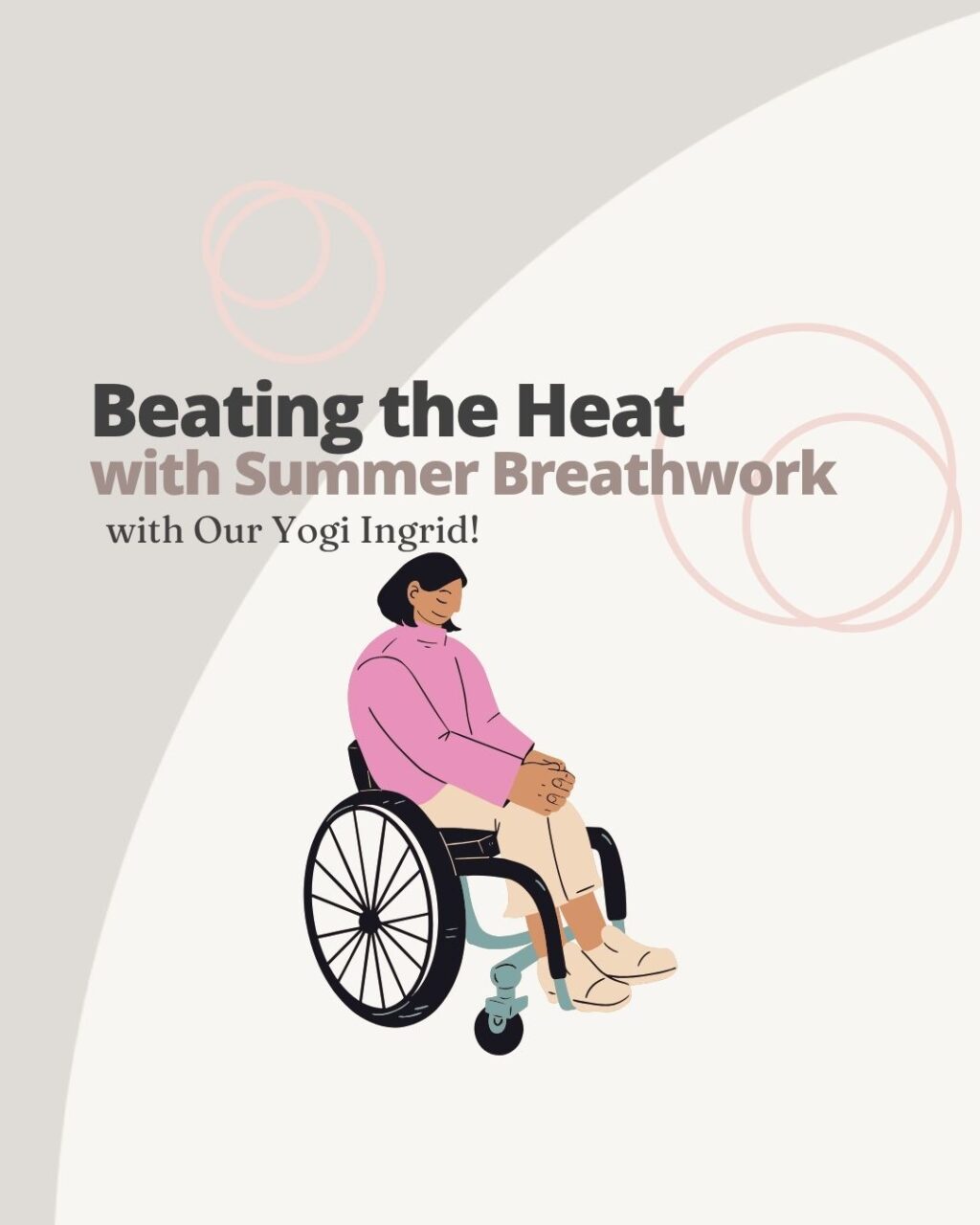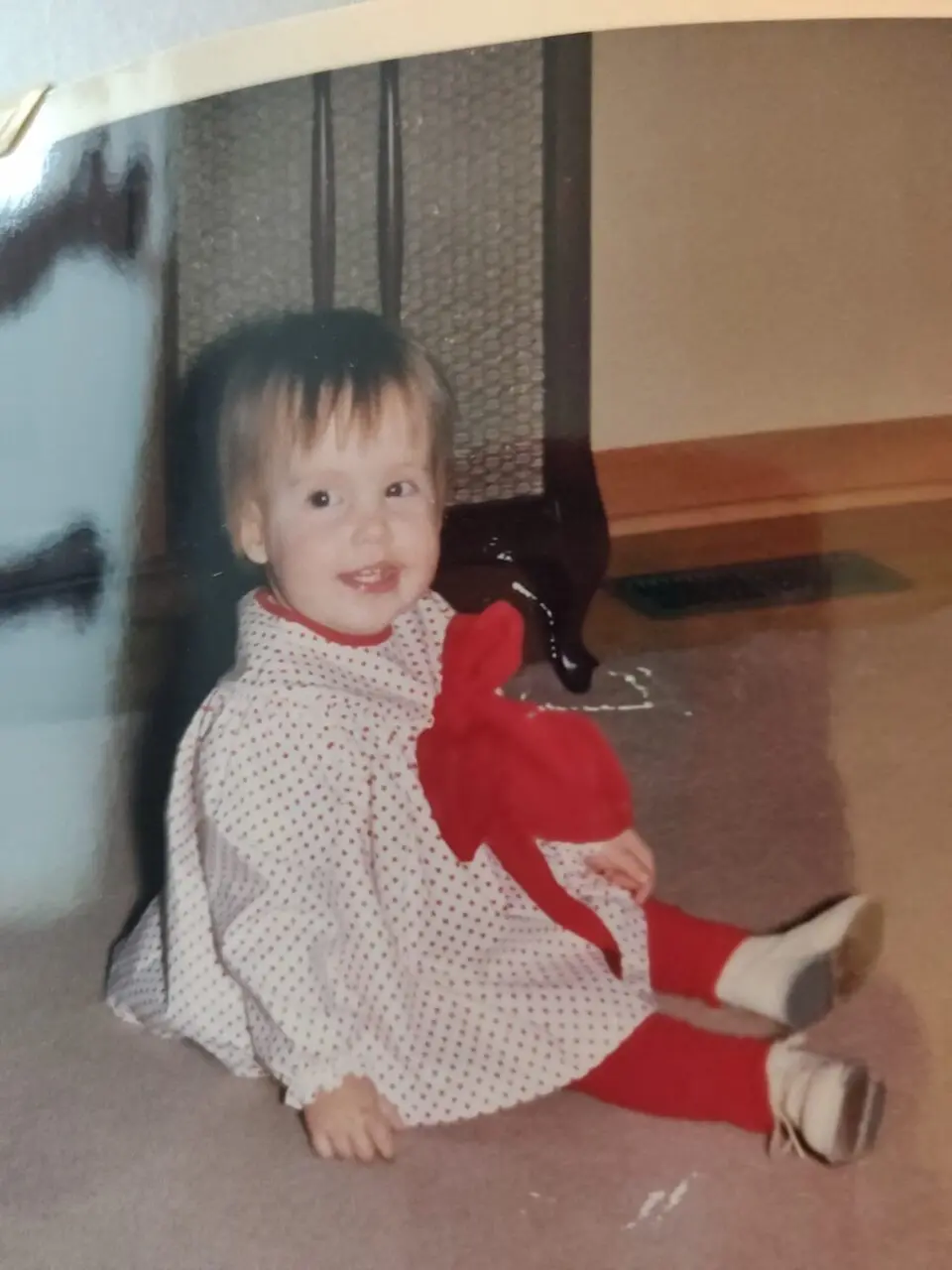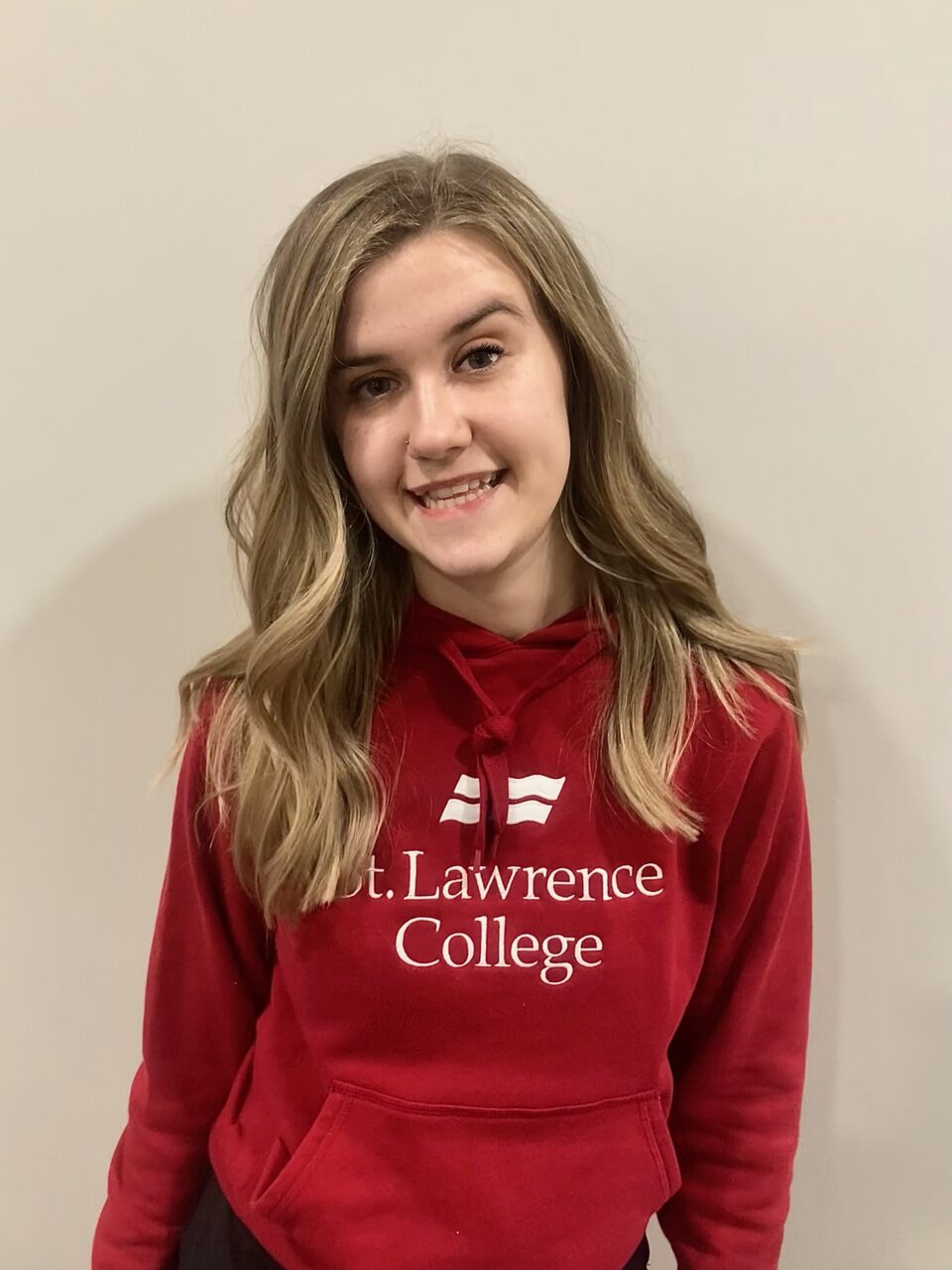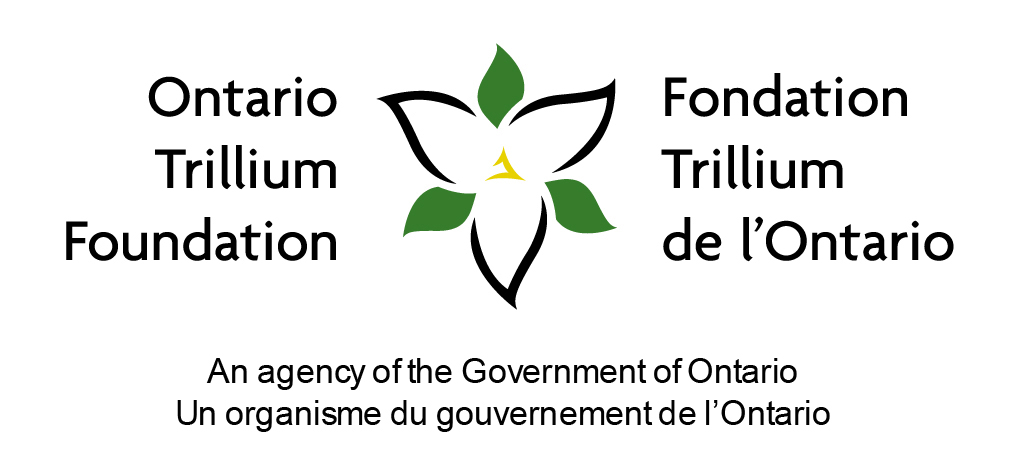by Mary Dufton
Ana-Maria Oproescu has always been fascinated by neuroscience. Born with spina bifida and tethered cord, she believes her own medical experiences inspired her appreciation for the human nervous system. Ana-Maria grew up in Vancouver and now lives in Toronto, where she is pursuing a PhD in biomedical engineering.
Ana-Maria remembers being astounded when she first learned about the concept of neuroplasticity (a process that involves adaptive structural and functional changes to the brain) in elementary school. From that point on, she knew she wanted to study science. She completed her undergraduate degree in neurophysiology and molecular genetics, and then completed her master’s degree in molecular neuroscience, studying the genes involved in brain development.
“The work that I’m doing now in my PhD, while not directly related to neuroscience, has the potential to one day help treat different neurological disorders. My guiding vision professionally is to use my scientific and analytical skills to produce better therapeutic options for people living with these challenging conditions.”
Ana-Maria is an active member of Hydrocephalus Canada and attends adult support group meetings and informational seminars. For the past year, she has also served on the Steering Committee of a research project co-led by Hydrocephalus Canada and The Spina Bifida and Hydrocephalus Association of Quebec, in which they are developing a toolbox to support active and fulfilling aging for people with these conditions. She says, “I feel so grateful and proud to be a part of the Hydrocephalus Canada community.”
Ana-Maria’s health has been more stable since her last back surgery at age sixteen. She can walk and run without a mobility aid, although one of her legs is numb and weaker than the other. In her childhood, she had multiple surgeries which addressed her spina bifida-related symptoms. As an adult, she now primarily manages neuropathic pain and maintains the fitness of her weaker leg through exercise.
Early on, Ana-Maria began learning to understand herself, her life purpose, and how to engage with her mental health. “Spina bifida made me face certain hard realities starting from a young age. I spent a lot of time in the hospital when I was young, which made me feel a bit separate from my peers. This was emotionally difficult, but through this I grew a deep understanding of myself and what my life’s purpose was.
“While I don’t at all wish to romanticize life with this disability, I am grateful for the empathy, determination, and resilience I’ve developed in having to face big challenges very early in my life. In terms of my career, I believe this early sense of purpose allowed me to be more efficient in determining what my specific interests were and gave me the ability to focus intently on these interests.”
Athletic throughout her life, Ana-Maria’s passion was gymnastics, but when she was sixteen, her surgeon recommended that she develop another sport that would be less risky for her spina bifida. This news was devastating for her, and she felt that she had let herself down. She realized that she was struggling with her own issues of self acceptance.
She explains further: “I loved gymnastics so much. I took classes and spent my free time learning about the greatest gymnasts in history and practicing different skills. I had such a strong sense of personal agency that, in a very naïve way, I thought that I could completely out-work my physical constraints.
“For example, my mind would think, ‘maybe if I had kept up with my physiotherapy more diligently, or taken better care of my body, I could have kept doing this thing I was so passionate about’. In effect, I was struggling with acceptance. I was refusing to accept the fact that I indeed had a physical disability that required my respect and cooperation for me to thrive. I knew that I had some uncommon physical challenges, but as far as most people could tell, I looked ‘normal’, and I tried my best to identify as such.”
While she cannot control all the complexities of her condition, Ana-Maria continues to learn about the importance of diet. “As I grow older, a major lesson I’m learning is the impact of inflammation on my condition and my mental health. I’ve become quite attuned to how different foods, activities, and environments affect how I feel in my body.
“For example, I’ve noticed that my neuropathic pain is worse when I eat foods higher in sugar. Of course, a lot of my pain is outside the sphere of my control, but by focusing on factors that I can control, like diet, I am sometimes able to lessen the severity or frequency of pain I experience.
Physical exercise, yoga and time in nature are regular activities for Ana-Maria, but she also sets limits and tries not to be too hard on herself when she cannot keep up with others.
“I find that swimming is the best and safest way to stay in shape. Whenever I experience a flare-up of my pain, I make it a priority to swim, and this helps me tremendously. I also enjoy yoga; however, I have learned that hot yoga is not the safest option for me. When I have access to nature, I love hiking.
“I feel fortunate to be able to hike, though there are times that my leg feels weak, and it is difficult for me to keep up with others on the trail. I’ve had to learn to accept whatever pace I can keep and to be grateful to have the experience in whatever capacity I’m able to on a given day.”
Meditation and preserving her peace are critical for Ana-Maria’s mental health. “Mental and physical health inform each other, and I’ve learned how to use one to improve the other when I am struggling. To maintain my mental health, I do my best to keep an active meditation practice. For this, I often listen to podcasts (Tara Brach’s guided meditations podcast is a favourite) and I’ve created a small nook at home dedicated for meditation.
Ana-Maria offers the following advice for anyone living with spina bifida, hydrocephalus or any disability: “I believe we can all achieve truly remarkable things when we work creatively and constructively with our circumstances.
“The first step in this process, though, is to fully acknowledge and accept the constraints we’re each working with. Only when I moved into acceptance of my disability, did I begin on this journey of building the healthiest and most fulfilling life for myself. I finally became more involved in this community, which has offered me invaluable support and knowledge.
“So, my biggest piece of advice is to fully accept your reality, treat yourself with compassion for doing this, and then be as creative as possible in building a life you love from your unique starting point.
“I feel extremely grateful to be where I am in my life today. I am working with supportive and kind people, I am building a career that excites me, and I am deeply connected to my purpose. I have gotten to this point in my life both due to my own hard work and persistence, and due to the support of encouraging doctors, teachers, friends, and family members. The lessons I learned in navigating my condition on top of other responsibilities led me to develop effective time management skills and healthy habits, which enable me to lead a full academic, professional, and personal life.
“I feel that I now have the tools I need to flourish, and I want everyone in our community to experience this. I look forward to having more conversations within our community about how we can create the best conditions for us each to thrive, given our unique challenges and perspectives.”





